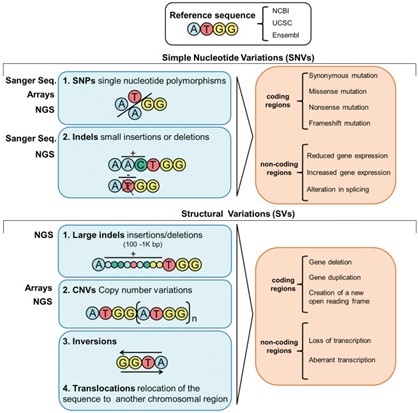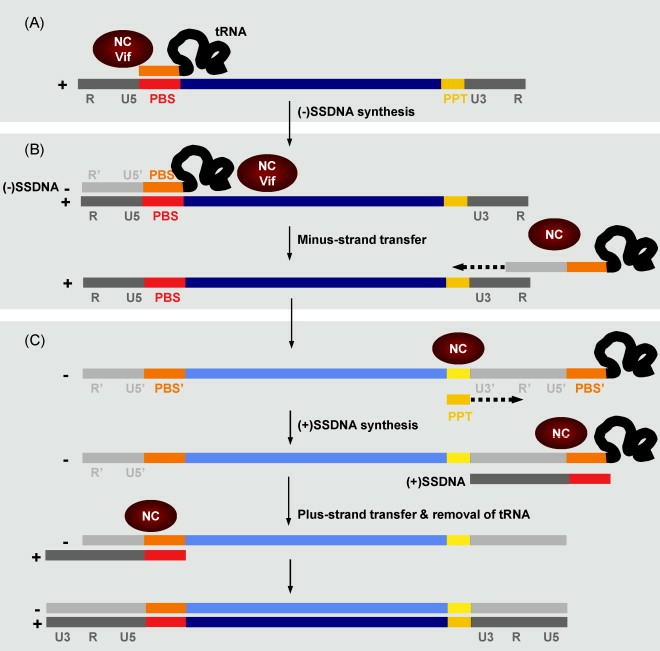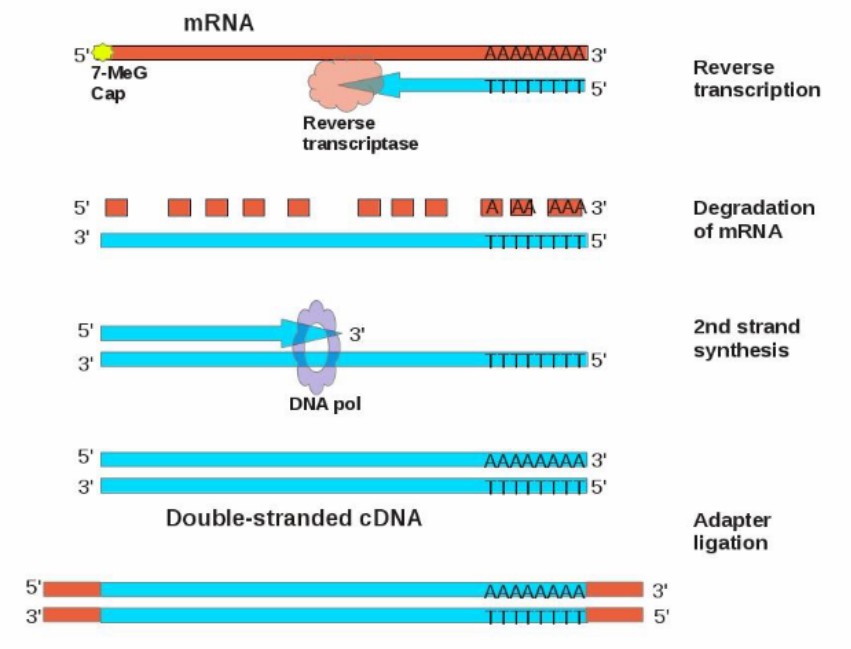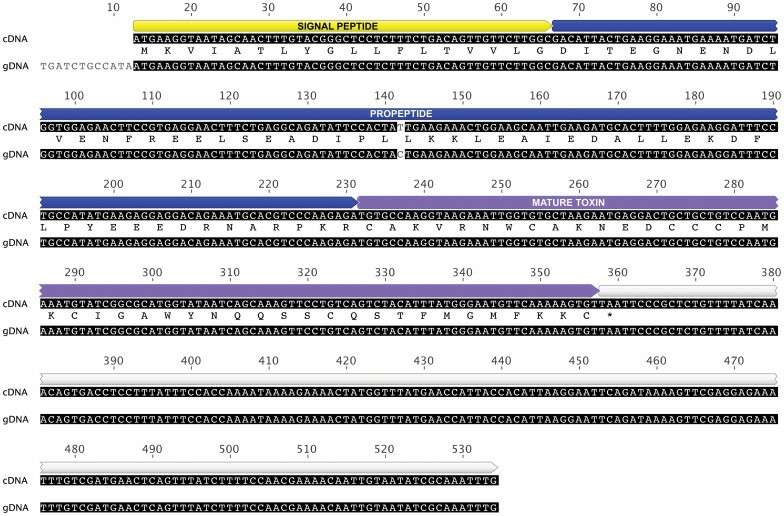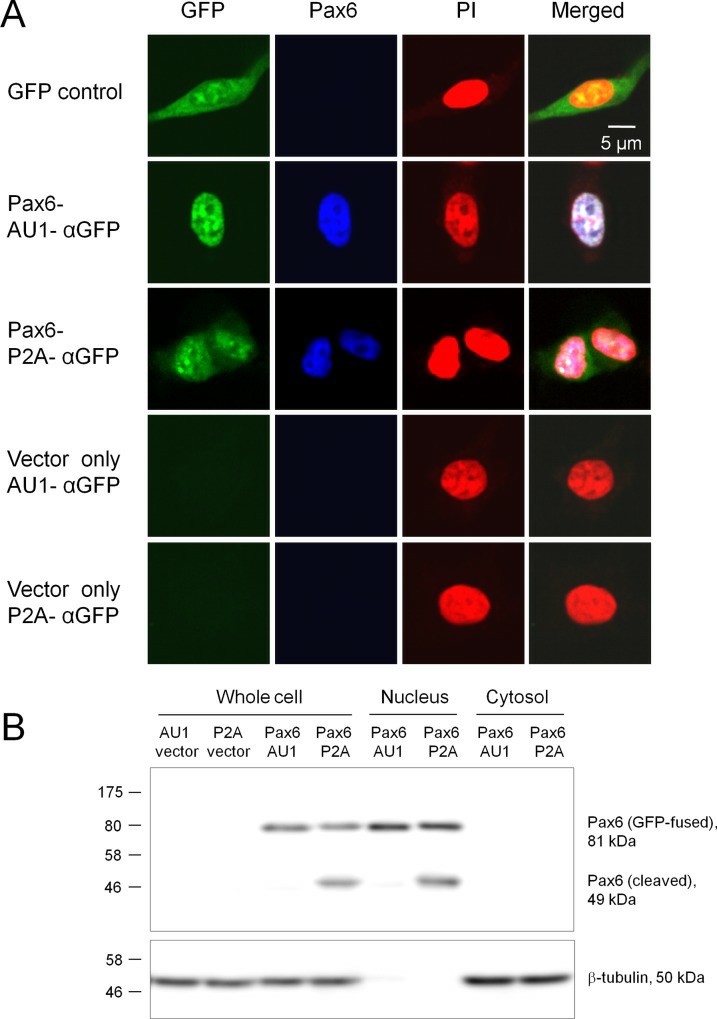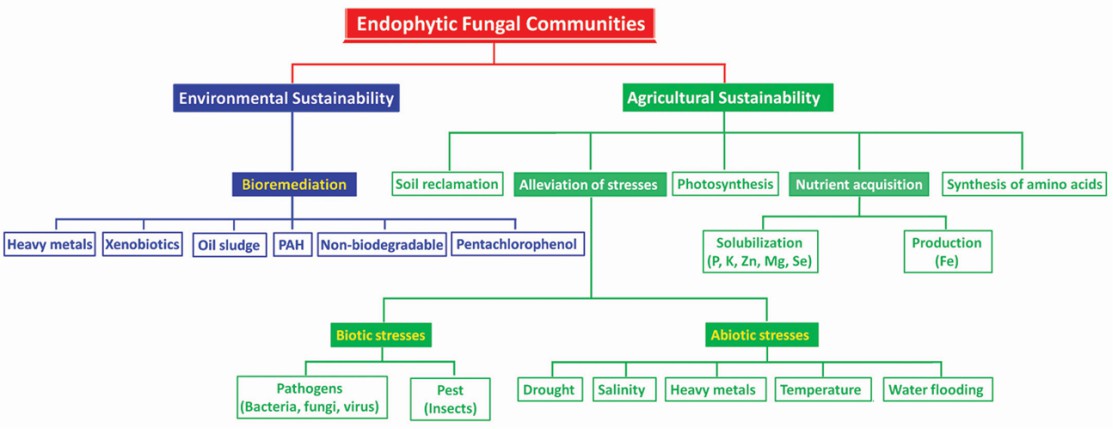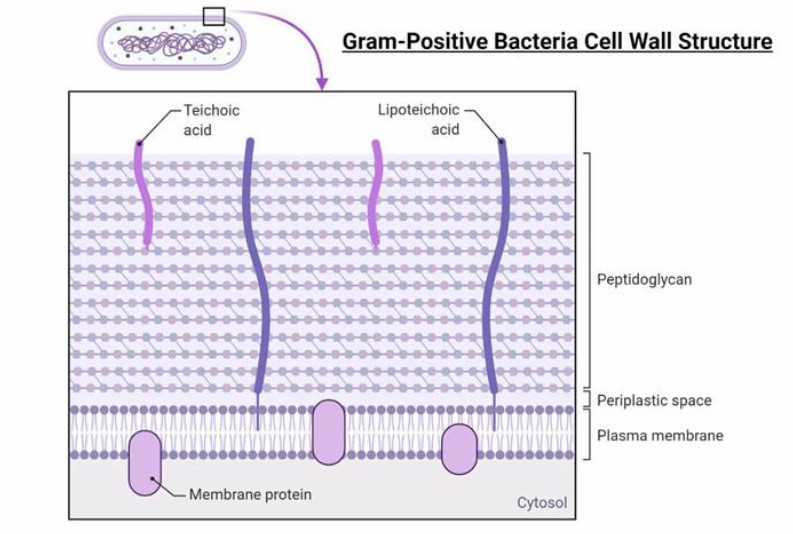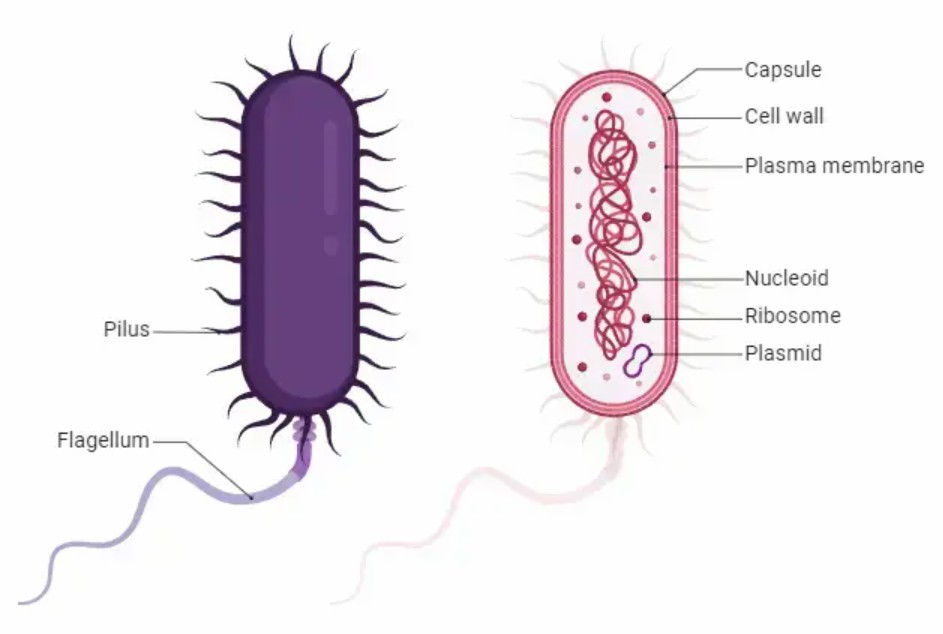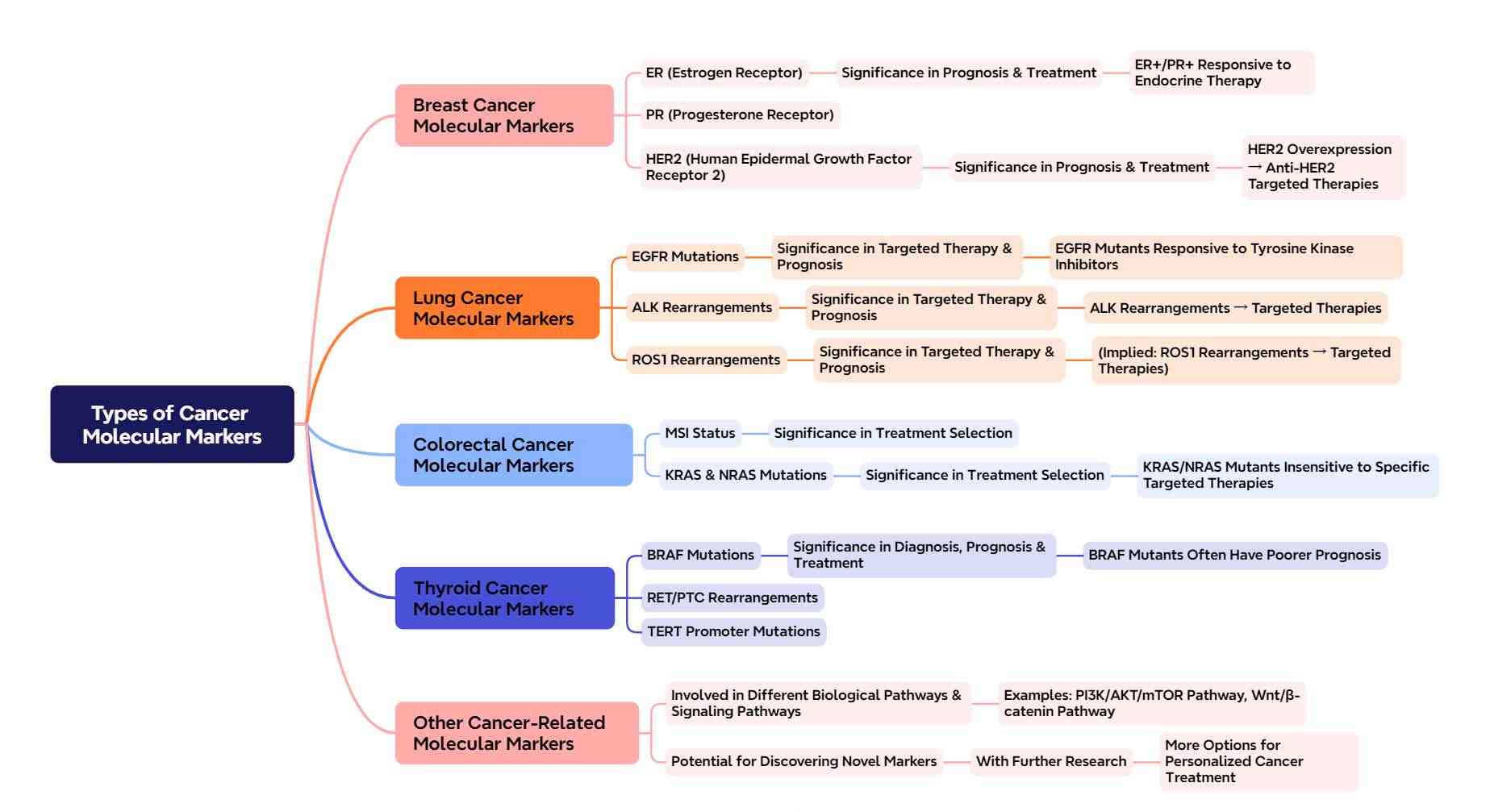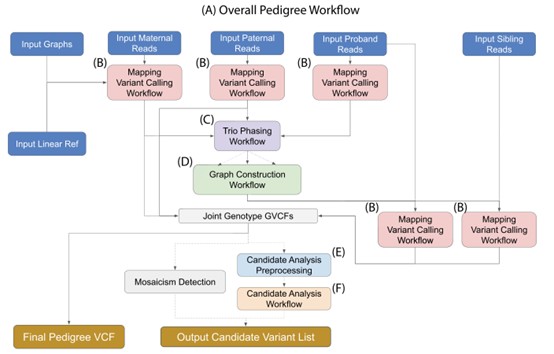
Variant Analysis in Genomic Medicine Workflow
In gene medicine, variant analysis helps doctors turn DNA data into useful health insights. The process starts by filtering out common gene changes using databases like gnomAD. Then, tools like CADD and REVEL predict if the remaining variants might cause problems. Other tools, such as SIFT and PolyPhen-2, check for protein damage, while SpliceAI finds […]


 Sample Submission Guidelines
Sample Submission Guidelines
